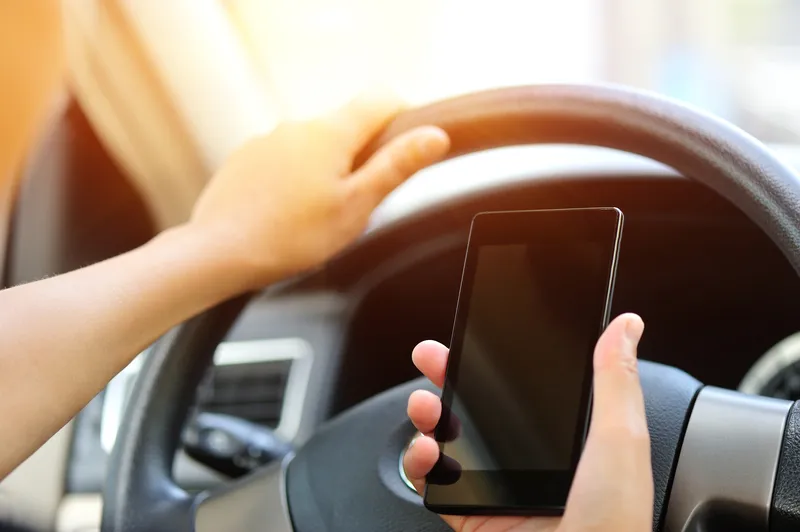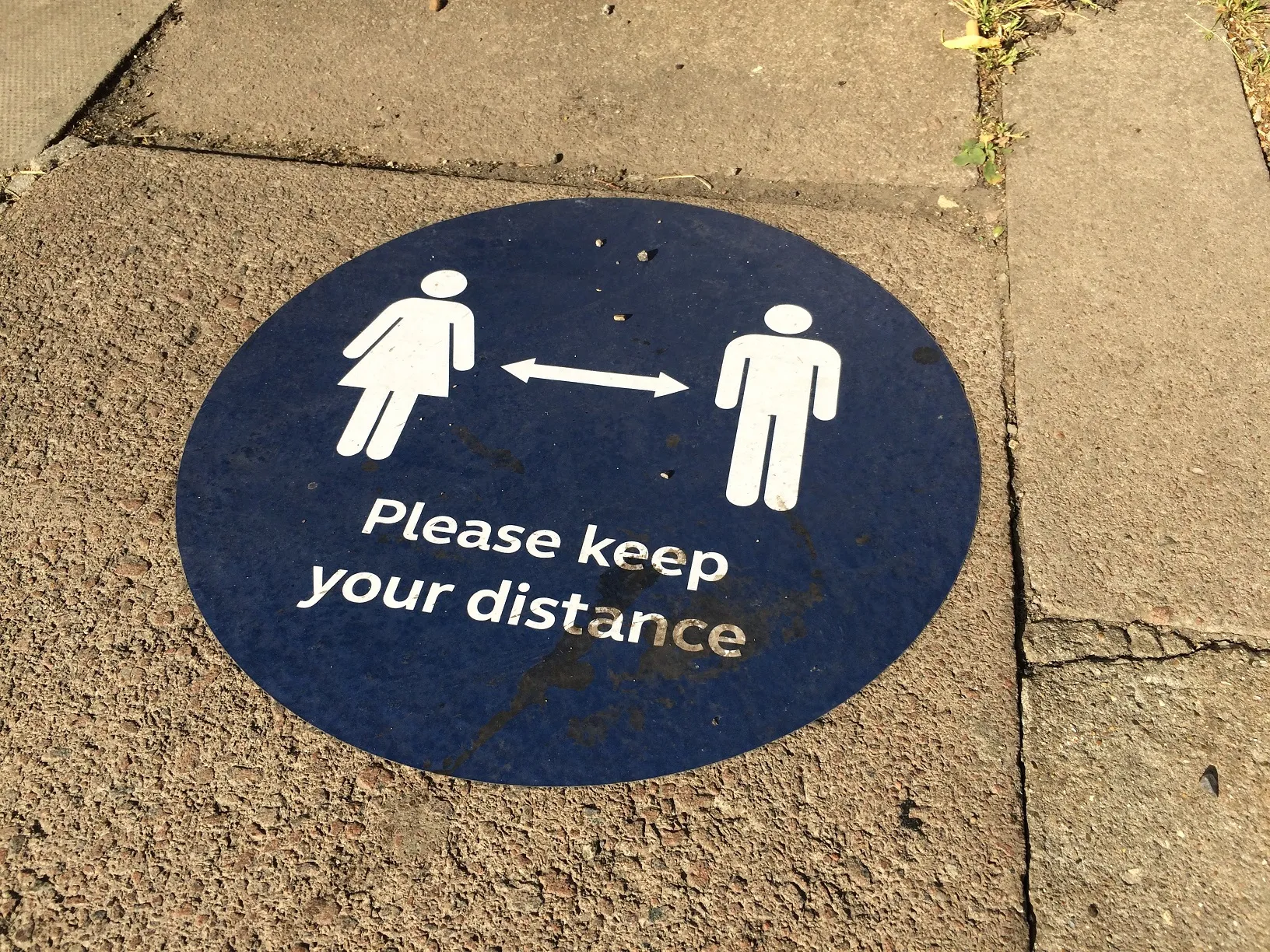
If you've recently spent time checking your text messages while driving, then you're not alone.
In fact, according to a report from Cambridge Mobile Telematics (CMT), February 2022 was the worst month for phone distraction for drivers in the US since the start of 2019.
They spent one minute and 38 seconds on average distracted by their phones for each hour of driving, the report found - a massive 30% increase over February 2020, the last month before the pandemic began.
In May 2021, CMT found that pandemic restrictions and new working patterns reduced the number of driving trips by 60% - but dangerous behaviours rose, with speeding up 64% and distracted driving 18%.
While driving patterns have returned closer to pre-Covid levels, speeding has fallen, the report suggests.
This may be as a result of more traffic on the roads - but phone distraction has still continued to rise.
Distracted driving has been a significant worry for lobby groups during Covid.
CMT says that it has tended to be seasonal, getting worse in summer and falling in winter - but in 2021 it remained high all year round.
Evening and late-night distracted driving have also surged compared to pre-pandemic levels.
The analysis for the 2022 US report comes from driving data collected via CMT’s DriveWell platform, which measures the driving behaviours of millions of people every day.









